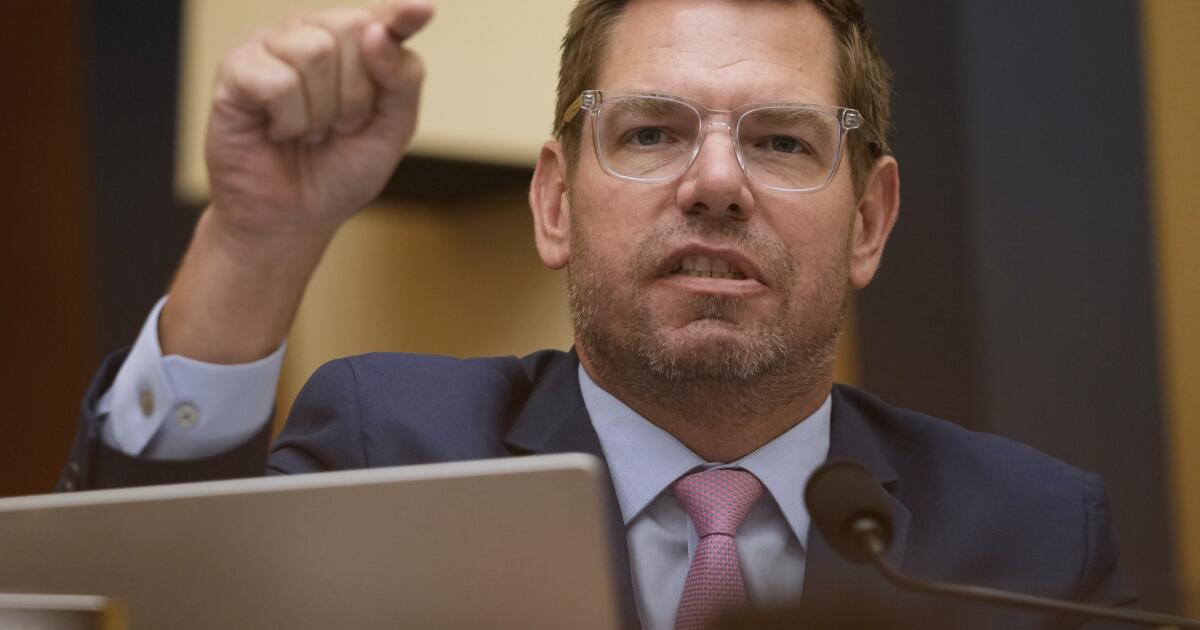“Now You See Me: Now You Don’t”
(Crime/Thriller: 1 hour, 53 minutes)
Starring: Jesse Eisenberg, Woody Harrelson, Dave Franco
Director: Ruben Fleischer
Rated: PG-13 (Strong language, violence and suggestive references. )
Movie Review:
This heist movie is the sequel to 2016’s “Now You See Me,” also directed Ruben Fleischer. It is entertaining just like his predecessor. However, more implausibility exists with “Now You See Me: Now You Don’t” than its prequel.
This outing, The Horsemen illusionists and three new young magicians, Bosco (Dominic Sessa), Charlie (Justice Smith) and June (Ariana Greenblatt), set out to take down the Vanderbilt corporation led by Veronika Vanderberg (Rosamund Pike). Their task will not be easy, but the magician’s use of sleight of hand and tricks help with their mission.
Much like the “Fast and the Furious” movies, the antics here are not always tangible, though they are enjoyable. The entertaining action scenes, mixed with the comical banter, even when juvenile, make the film worth it.
Think of this movie as a reunion for the magicians and the initiation of three freshmen. The new magicians take the lead in this film and in some ways overshadow their older counterparts. Think of this as a passing of the torch to a new generation.
The problem is that the old cast members are still dynamic and not just generational cookie-cutter characters. Jesse Eisenberg and Woody Harrelson’s comedic repartee is still a highlight of this movie. While the younger cast is talented, the older cast members are the reason moviegoers return, and that is the razzle dazzle that makes “Now You See Me: Now You Don’t” inviting.
Grade: B- (It is not as magical as it once was, but it still charms.)
“The Running Man”
(Action/Science-Fiction: 2 hours, 13 minutes)
Starring: Glen Powell, Colman Domingo and Josh Brolin
Director: Edgar Wright
Rated: R (strong violence, some gore, and strong language)
Movie Review:
“The Running Man” is a remake of the 1987 film with Arnold Schwarzenegger and directed by Paul Michael Glaser. Both screenplays feature a future dystopian America based on the novel by Stephen King. The 1987 movie was much more plausible than the current one, yet this version is still very entertaining thanks to the performance of Glen Powell, the newest action hero.
Glen Powell plays Ben Richards, a husband and father to a very sick young daughter. Richards decides the easiest way for his daughter and wife to remain healthy and have a secure future is to become a competitor on The Running Man reality show. Sponsored by the state-controlled Network, the show features a person trying to survive while violently hunted by several so-called patriots. Richards realizes he may have just made one of the biggest mistakes of his life, but after signing a contract, he cannot back out so he becomes a running man.
Again, the 1983 movie maintained a realistic appeal this new version misses. The original also had better lines such as a Schwarzenegger and Richard Dawson sequence. Schwarzenegger’s Ben Richards says, “Killian, I’ll be back,” and Damon Killian, played by former Family Feud host Richard Dawson, responds, “Only in a rerun.”
This new adaptation involves contestants like Richards out in the public where bystanders are killed — sounds like lawsuits waiting to happen all over the place. But the Network is more a part of the US government in this movie, so the Network has a modus operandi where people at home watching seem to enjoy the violence.
Not all citizens appreciate the running man show in this movie, and that at least is something tangible to hold on to. If America ever gets to this point in real life, we have hit a major low point of no point of return.
That aside, the other thing that makes this movie interesting is Glen Powell . He is believable as a leading man, and he works here. And, Powell is definitely athletic because he does plenty of running here.
Grade: B- (If you are in shape, run with him.)
“Trap House”
(Crime: 1 hour, 42 minutes)
Starring: Dave Bautista, Jack Champion and Bobby Cannavale
Director: Michael Dowse
Rated: R (Strong violence and bloody imagery)
Movie Review:
“Trap House” is an interesting movie mainly because it tries something different. That difference is not realistic in several scenes, but one must compliment the writers for trying. Part of the reason this movie seems unlikely is the missed opportunities for dramatic moments, which could help viewers get to know the characters better.
Dave Bautista plays Ray Seale a single father and DEA agent supervisor. He and his team have been tracking cartel crimes in El Paso, Texas. After his son Cody (Champion) sees some of the cartel information at his father’s office, the young man gathers three of his friends to rob cartel trap houses to raise money for the son of a murdered DEA agent who was killed in the line of duty. Soon, Ray must contemplate whether he should put duty above family when he finds out about his son‘s extracurricular activities.
“Trap House” finds a way to make it itself interesting, yet it remains a trap too. Characters keep doing the same thing even when it seems unusual for their very nature. Just when it looks like some of the characters are about to do the correct action, they do not, and this script misses key moments for the dramatic development of characters. This crime photoplay does rebound with a very engaging apex.
Grade: B- (It’s a trap, but it is an entertaining one).
“Keeper”
(Horror: 1 hour, 39 minutes)
Starring: Tatiana Maslany, Rossif Sutherland and Birkett Turton
Director: Osgood Perkins
Rated: R (Violent content/gore, strong language, and sexual references)
Movie Review:
“Keeper” is a horror movie by director Osgood Perkins (“Longlegs,” 2024), the son of famed actor Anthony Perkins. For a moment, it manages to create a neat psychological thriller. It has only a few frights, but they are effective. Then, writer Nick Lepard’s script becomes something similar to a women’s empowerment movie and loses the edge it had.
Liz, a painter, travels to a countryside estate with her boyfriend Malcom, a doctor, for a romantic getaway. He tells her he thinks she is the one. Malcom‘s brother Darren (Turton) agrees and tells him that Liz is a keeper. Supernatural occurrences happen to Liz, especially after her husband goes to see one of his clients and leaves her in the big house for a lengthy period of time.
“Keeper” is a movie you have to watch very closely, or it will seem like a character or two may go missing from scene to scene. Even more, audiences must understand what is happening, which is common in psychological thrillers. Still nothing seems to happen for long periods of runtime. Then, characters explain what is happening, and it becomes a less potent fairytale with visual monsters.
Grade: C+ (do not keep it.)
 IFC Films
IFC Films IFC Films
IFC Films







































